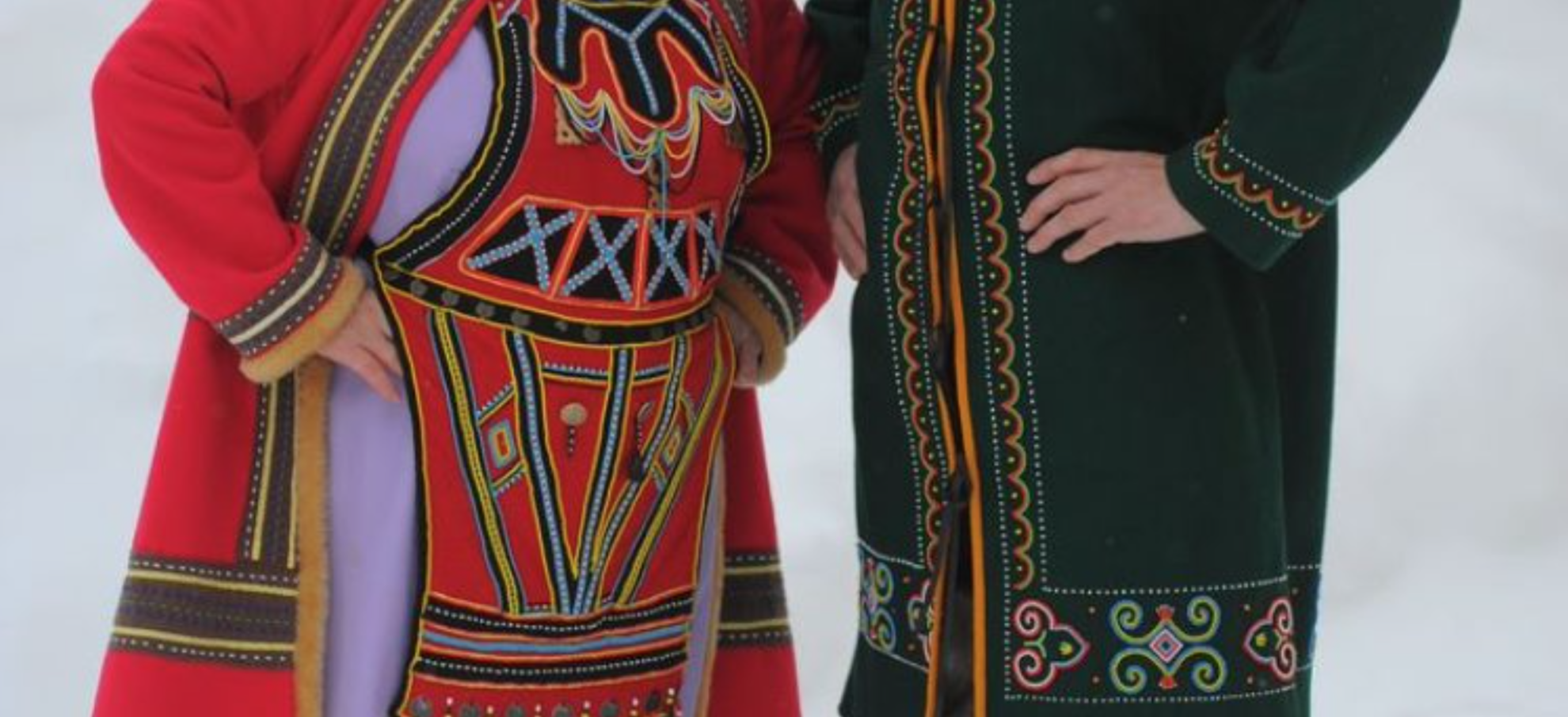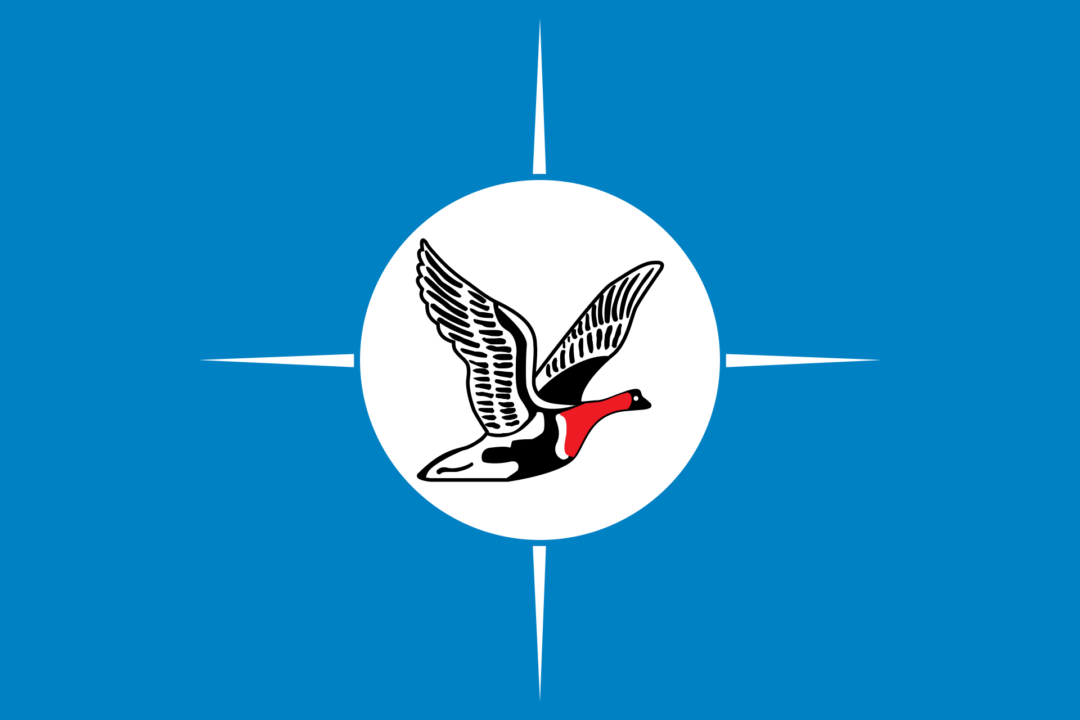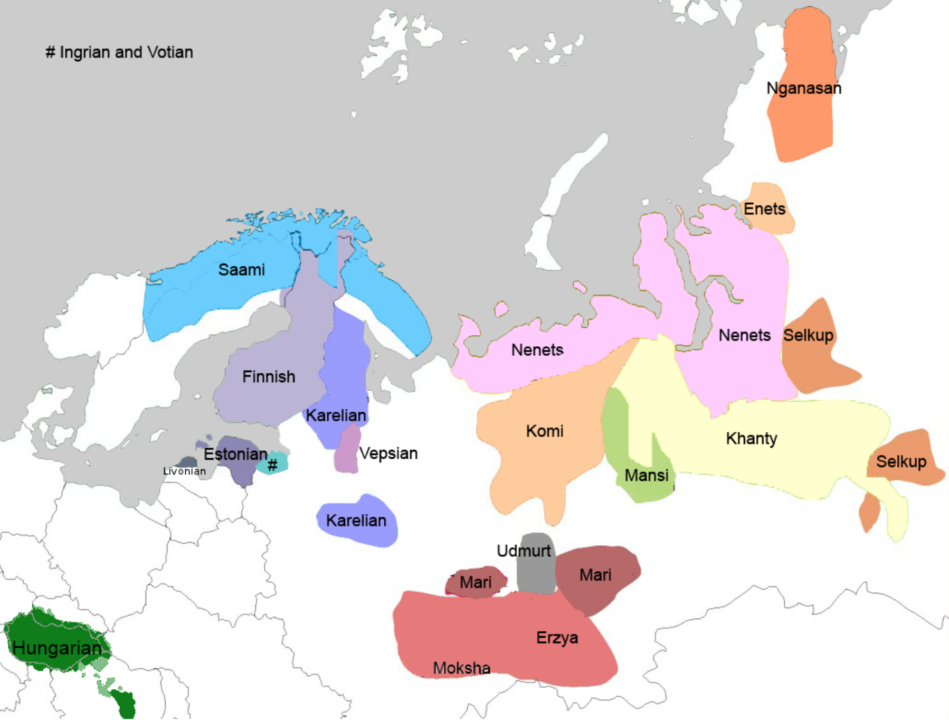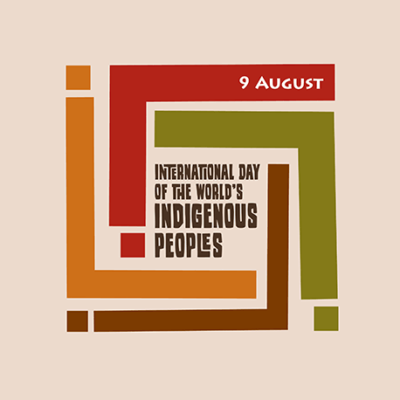
Enets
Names
The modern Enets autonym is ennetshe which refers to a man or a person. This name was suggested by Prokofiev, a researcher of Enets language, in 1937, but it became standard only in the 1970s. Enets themselves have addressed each other with tribal names.
In the past, others have called Enets “The Yenisei Samoyeds”, while Northern Enets have been referred to as Khantai and Southern Enets as “Karasin Samoyeds”.


@ wikipedia 
Territory
Enets live on the Eastern bank of downstream Yenisei river. Administratively they belong to the Taimyr autonomous region of Krasnoyarsk Krai where they mostly live in Ust-Yenisey and Dudinka regions. Before settling down, Tundra Enets led a nomadic lifestyle between the Yenisey and Pyassino rivers while Forest Enets inhabited taiga areas to the south of Dudinka.
Population
According to the 2010 census, there were only 227 Enets of whom 43 spoke the mother tongue. In 2002 their population was 237, with 119 speakers of the language. In 1989 census, 198 Enets were counted of whom 95 spoke the mother tongue. 1989 was the first census where the ethnonym “Enets” was allowed and we know that some of the Enets self-identified as Nenets or Nganassans for the purpose of the census. Thus the estimated number of Enets is approximately 340.
Due to their small population, as a separate people Enets have not proven viable. Already in the more distant past they often married with Nganassans, Nenets, Dolgans an Evenks which usually led to them adopting the other language. Almost all children from mixed marriages self-identify as Nganassans or Nenets rather than Enets. Only 14% of Enets marriages are mono-ethnic.
Language
Enets language belongs to the Northern group of Samoyed languages along with Nenets and Nganassan languages. According to the 2010 census only 43 persons spoke the Enets language. Depending on their traditional lands, Enets speak two dialects: forest (or ‘bai‘) and Tundra (or ‘madu‘, ‘somatu‘) dialects. Today the speakers of different dialects interact very little due to long distances (400 km). Many words have been borrowed from the Nenets language which has been the standard language in this region. Also, the hunting vocabulary in Enets has been borrowed from the Nganassan language. Today the dominant language among Enets people is Russian.
Enets language came under the pervasive influence of Russian in 1930s and the Enets alphabet developed by Natalia Tereschenko emerged too late. Still, the first publication in the Enets language, a translation of the Gospel of Luke’s, was published in 1995.
History
In the 17th; century Enets inhabited extensive areas at the Taz and Yenisey rivers and their population approximated 1000. Russian rule that began in the 17th century was primarily interested in natural resources and tax money. As a result, Enets began paying yassak to Russians. At the same time, Selkups arrived from the south to the areas of the Taz river system and Nenets arrived from the west to the Yenisey. Enets were either fighting with these groups, receding or assimilating with them.
In approximately 1850 there were confrontations between Enets and Nenets near Lake Turutcheda. By the end of the 19th; century there were only approximately 500 Enets, most of whom had receded to the Yenisey downstream.
Collectivisation that began in the 1930s led gradually to settling down in villages. By the 1950s Enets had been converted into sedentary collective farmers. In the 1960s new industrial immigration arrived to their lands and the national decline of Enets people took an irreversible course.
Livelihoods
Until the past few centuries, Enets have been reindeer hunters. The typical form of hunting was driven hunt with bows, with the participation of up to 30 men. Under Nenets influence, Tundra Enets gradually adopted domesticated reindeer herding. Forest Enets used their reindeer mostly for transport and were more involved in hunting and fishing. Only with the establishment of collective farms did they adopt large-scale reindeer herding. Staple Enets food is raw, frozen, boiled or salted fish and reindeer meat, similarly to other indigenous people of this region.
Enets used to live in temporary tent-like dwellings. These days the majority of Enets have settled down in wooden houses in villages as a result of forced sedentism, while reindeer herders live in mobile homes (or: balok, chum).
Belief
Traditional Enets belief has Shamanistic features. Enets believe that the world was created by the heavenly creator-god Nga Biomo, Earth mother Dja Minju and her son Djuba Nga, who provide hunting game for people. The underworld is inhabited by evil spirits and this is also where the souls of dead people go, sent by the shaman with his assistant spirits and with corresponding rituals.
Just as other Samoyed people, Enets have their sacred natural sites (rivers, lakes, hills) in the tundra where they make sacrifices to the gods. Ancestors are respected through spirit dolls which are located outdoors behind the tent dwelling and which are carried on a sacred dog sled during travels.
Reindeer herders who have preserved traditional lifestyles are informed by ancient beliefs and make sacrifices to spirits – place owners. Since the majority of Enets people have been disconnected from the traditional lifestyle, their religious views and practices have changed as well.


